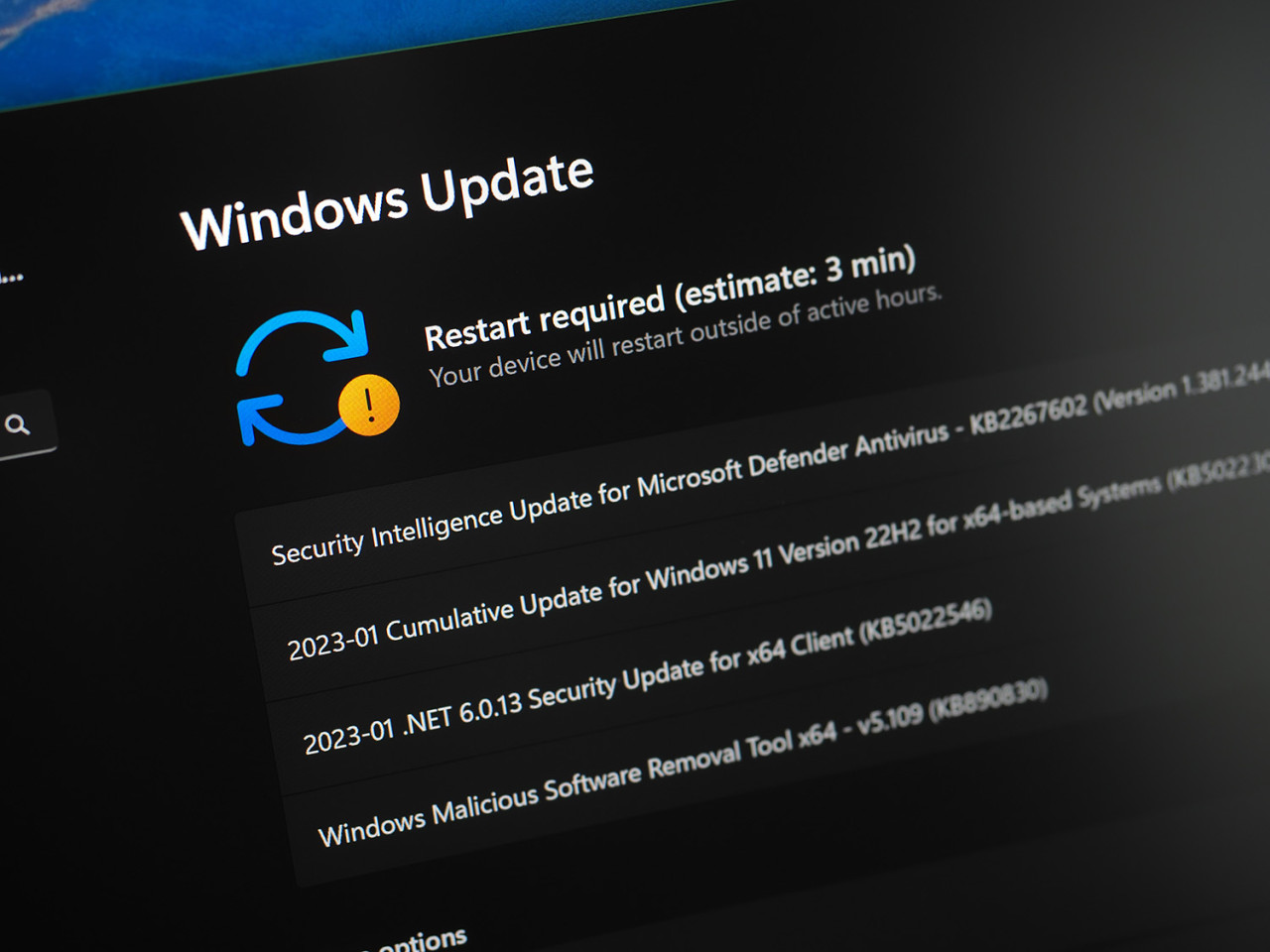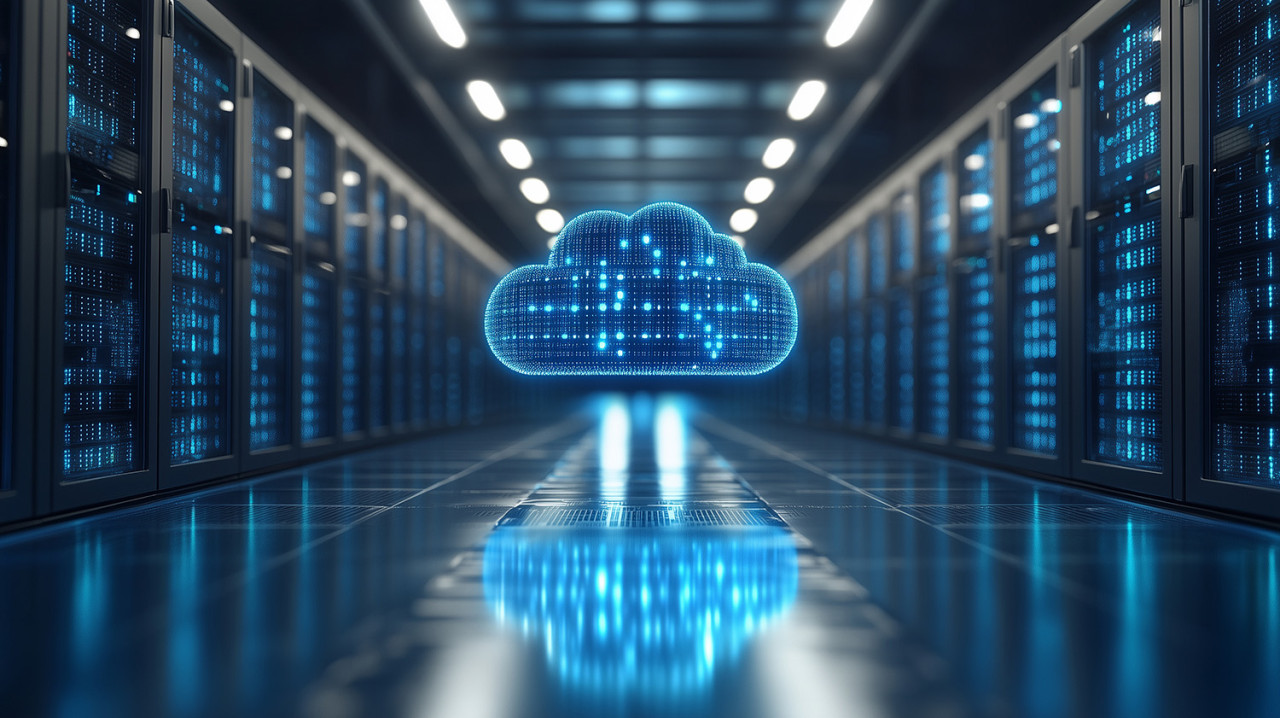Running a successful business these days is virtually impossible without a trusty operating system like Windows. But what if you are running your business with an outdated Windows system?
That’s the situation many businesses are facing now with Microsoft’s recent announcement of Windows End-of-Life (EOL). The moment support stops, the security of your business could unravel. If you’re wondering what EOL really means and how it affects your business, you’re not alone. Today’s blog will answer the most pressing questions and help you decide what to do next.
What Does Windows EOL Mean for Your Business?
Windows EOL is the end of updates, security patches, and technical support for Windows 10. While the system may still run, it becomes vulnerable to major risks. Your business could be the one paying the price of these risks in the future.
Why Are Outdated Windows Systems a Cybersecurity Minefield?
When Microsoft stops sending security patches, outdated systems become the perfect target for hackers. With no new defenses, cybercriminals can unleash malware, gain unauthorized access, and steal data, often undetected. Even top-tier antivirus tools won't be enough without vendor-backed updates.
Can You Risk Violating Industry Regulations?
Staying compliant with HIPAA, PCI-DSS, or GDPR requires up-to-date systems. If you're using an unsupported Windows OS, you're not just out of compliance, you're also at risk of major fines, lawsuits, and reputation damage.
Will My Business Experience More Downtime with Outdated Windows?
Yes. Outdated systems crash more, respond slower, and often can’t run updated software. This leads to productivity loss, frequent IT support needs, and potential customer dissatisfaction.
Notable Increase in IT expenses
Many business owners put off upgrading because of cost concerns. But did you know that maintaining an outdated system can even be a lot more expensive? IT teams must spend more time implementing workarounds, troubleshooting security incidents, and managing legacy hardware. All of this translates to higher expenses. At the end of the day, it will still be more cost-effective to invest in an upgraded Windows system in the first place.
How to Stay Protected and Future-Ready?
Operating a business on an outdated Windows version is a serious risk. From heightened cybersecurity threats to compliance violations and operational disruptions, it is easy to see that the dangers far outweigh the short-term savings of postponing an upgrade.
If you need assistance in transitioning to a supported Windows version, we are here at your disposal. We will walk you through the available options, like upgrading to Windows 11 or exploring alternative operating systems. To help you make a decision, we can provide you with an Internal System Audit Report, showing your current risks and upgrade needs.
Call us today, and we will book you for a complimentary initial consultation!





